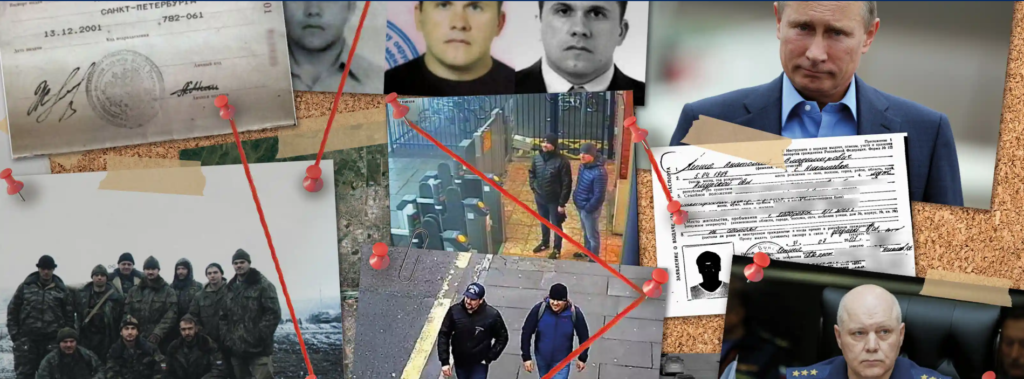
The unmasking of the Salisbury poisoning suspects by a new digital journalism outfit was an embarrassment for Putin – and evidence that Russian spies are not what they once were. By Luke Harding

The unmasking of the Salisbury poisoning suspects by a new digital journalism outfit was an embarrassment for Putin – and evidence that Russian spies are not what they once were. By Luke Harding

On Oct. 10, 2018 Hurricane Michael spun Category 4 winds around the upper reaches of the Sunshine State. With sustained winds of 155 miles per hour, the tempest was the strongest to ever hit the Florida Panhandle—and the fourth worst to make landfall in the lower United States. Almost every structure at Tyndall Air Force base suffered structural damage. The seaside town of Apalachicola, 54 miles down the coast, saw an 8-foot storm surge. And Mexico Beach, which sits halfway between the two, saw three-quarters of its homes, municipal buildings, and businesses damaged. But one structure withstood the storm, despite its front step sitting only 150 yards from the wet and windy Gulf of Mexico. Christened the “Sand Palace” by its owners, the blocky beach home survived not by luck or magic, but good design, says Lance Watson, vice president of Southeastern Consulting Engineers and lead engineer on the project. Here’s how—with money and expertise—the crew outmaneuvered Michael, and made this home a model of resilient architecture.

Thomas Ormerod’s team of security officers faced a seemingly impossible task. At airports across Europe, they were asked to interview passengers on their history and travel plans. Ormerod had planted a handful of people arriving at security with a false history, and a made-up future – and his team had to guess who they were. In fact, just one in 1000 of the people they interviewed would be deceiving them. Identifying the liar should have been about as easy as finding a needle in a haystack.

In october, when the Canadian air starts drying out, the men flock to Sandy Skotnicki’s office. The men are itchy. Skotnicki studied microbiology before becoming an assistant professor of dermatology at the University of Toronto. She has been practicing for 23 years, always with an eye to how the environment—including the microbial one on our skin—affects health. “I say to them, ‘How do you shower?’ ” she told me. “They take the squeegee thing and wash their whole body with some sort of men’s body wash. They’re showering twice a day because they’re working out. As soon as I get them to stop doing that and just wash their bits, they’re totally fine.”

The war was nearly over on March 6, 1940. The enemy, propagandized as an unstoppable fighting machine, was indeed overwhelming the army of the country they’d invaded. Six days later, the aggressors would finally force an armistice, and soon grab control of much of the land they’d coveted. It had taken longer than the two weeks they’d anticipated, but conditions were harsh, the defenders far more resolute than expected. For more than three months, battlefields roared with motoring tanks, gunfire and artillery explosions, obliterating the natural beauty of the countryside. Through it all, one warrior emerged as perhaps the finest killer in military history, on a mission to serve his besieged nation by picking off foreign attackers — many, many of them — one by one with a sniper rifle.

Right now, it’s Bitcoin. But in the past we’ve had dotcom stocks, the 1929 crash, 19th-century railways and the South Sea Bubble of 1720. All these were compared by contemporaries to “tulip mania”, the Dutch financial craze for tulip bulbs in the 1630s. Bitcoin, according some sceptics, is “tulip mania 2.0”.